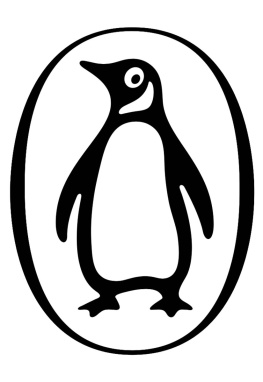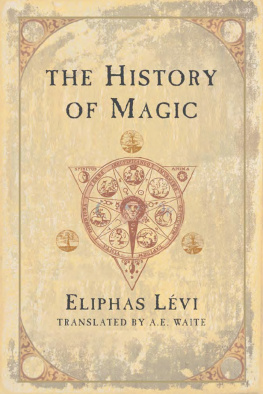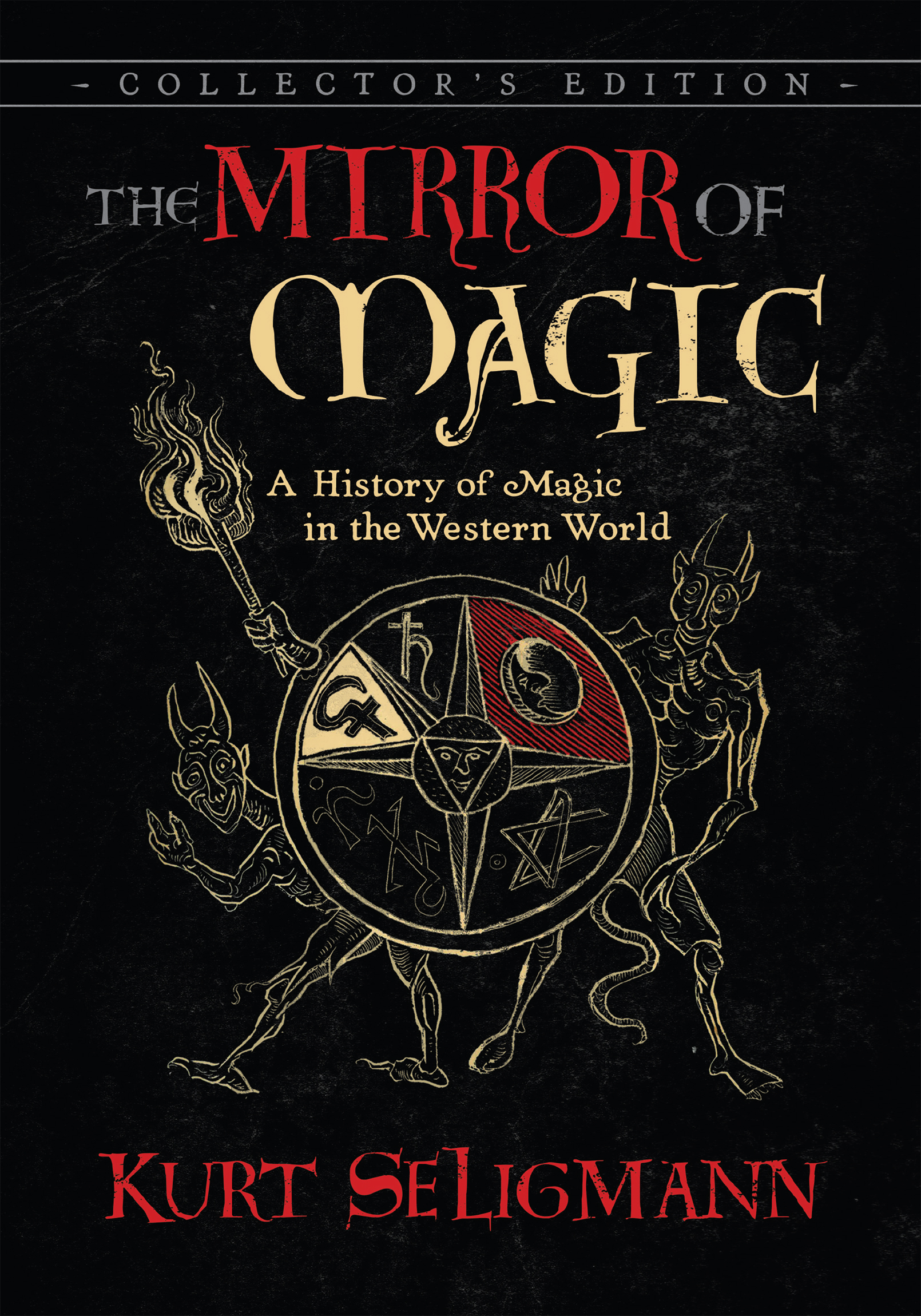Kurt Seligmann - The Mirror of Magic: A History of Magic in the Western World
Here you can read online Kurt Seligmann - The Mirror of Magic: A History of Magic in the Western World full text of the book (entire story) in english for free. Download pdf and epub, get meaning, cover and reviews about this ebook. City: Rochester, year: 2018, publisher: Inner Traditions, genre: History. Description of the work, (preface) as well as reviews are available. Best literature library LitArk.com created for fans of good reading and offers a wide selection of genres:
Romance novel
Science fiction
Adventure
Detective
Science
History
Home and family
Prose
Art
Politics
Computer
Non-fiction
Religion
Business
Children
Humor
Choose a favorite category and find really read worthwhile books. Enjoy immersion in the world of imagination, feel the emotions of the characters or learn something new for yourself, make an fascinating discovery.

- Book:The Mirror of Magic: A History of Magic in the Western World
- Author:
- Publisher:Inner Traditions
- Genre:
- Year:2018
- City:Rochester
- Rating:3 / 5
- Favourites:Add to favourites
- Your mark:
The Mirror of Magic: A History of Magic in the Western World: summary, description and annotation
We offer to read an annotation, description, summary or preface (depends on what the author of the book "The Mirror of Magic: A History of Magic in the Western World" wrote himself). If you haven't found the necessary information about the book — write in the comments, we will try to find it.
Written by renowned Surrealist and magic scholar Kurt Seligmann (1900-1962)
Includes all 250 illustrations from the original 1948 edition
Explores magical practices and beliefs from their origins in the ancient world through the heyday of secret societies in the 18th century
In the occult classic The Mirror of Magic, renowned Surrealist Kurt Seligmann (1900-1962) draws from his encyclopedic practitioners knowledge and extensive antiquarian collection to offer a comprehensive, illustrated history of magic and the occult from Mesopotamia and ancient Egypt through the 18th century. He explores the gods and divinatory arts of the legendary Sumerians and the star-wise Babylonians, including the birth of astrology. He examines the afterlife beliefs of the ancient Egyptians and the dream interpretation practices and oracles of ancient Greece, including the mysteries of Eleusis and the magical philosophy of Plato, Socrates, and other Greeks. He uncovers the origins of Gnosticism and the suppression and banishment of magic by the post-pagan, Christian emperors of Rome.
Seligmann reviews the principles of alchemy, sharing famous transmutations and allegorical illustrations of the alchemical process and explores the Hermetica and its remarkable adepts. Investigating the Middle Ages, the author discusses the work of European magicians of the time, including Albertus Magnus, Roger Bacon, Agrippa, Nostradamus, and Pico Della Mirandola. He studies the medieval practices of devil worship, witchcraft, and black magic, as well as the Cabala in both its Hebrew and Christian forms. He also examines the art of the Tarot and many lesser known divination techniques. He explores the development of secret societies, including Freemasonry and Rosicrucianism, in the 17th century and the increase in occult publications and magical science in the 18th century.
First published in 1948, this history of magic and the occult seeks to mirror the magical worldview throughout the ages. Beautifully illustrated with images from the authors rare library, this collectors edition features all of the artwork--more than 250 images--from the original 1948 edition.
Kurt Seligmann: author's other books
Who wrote The Mirror of Magic: A History of Magic in the Western World? Find out the surname, the name of the author of the book and a list of all author's works by series.














